Labeling Requirements for Compounded Preparations
Labeling is an essential quality requirement for compounded preparations. Labeling procedures must comply with the laws and regulations of the applicable regulatory jurisdiction and must be included in the facility's standard operating procedures. Each container must be clearly labeled with accurate and legible identifying information to prevent errors during storage, dispensing, and use. Additionally, the label must be verified to ensure it matches the prescription or medication order, the master formulation record, and the compounding record.
According to USP 795 and 797, the label on each container must, at a minimum, include:
· Assigned internal identification number (barcode, prescription, order, or lot number)
· Active ingredient(s), amounts, activities, and concentrations
· Beyond Use Date
· Compounding facility name and contact information if the preparation is to be sent outside of the facility or healthcare system in which it was compounded
· Dosage Form
· Indication that the preparation is compounded
· Route of administration
· Storage conditions if other than controlled room temperature
· Special handling instructions
· Total amount or volume if it is not obvious from the container
· Warning statements, if applicable
Sterile preparations must also include whether it is a single-dose or multi-dose container, if applicable.
According to the Food and Drug Administration, 503B facilities must ensure the label also includes:
· Date the drug was compounded
· List of active and inactive ingredients, identified by established name and the quantity or proportion of each ingredient
· National Drug Code, if available
· Statement "Not for resale", and, if the drug is dispensed or distributed other than pursuant to a prescription for an individual identified patient, the statement "Office Use Only"
A final check must be conducted and documented to verify that the correct label has been affixed to the finished compounded drug product before dispensing. Federal and state regulations may require additional label information before dispensing a compounded preparation to a specific patient.
For more resources on labeling, please refer to:
· USP 7 Labeling
· USP 795 Pharmaceutical Compounding - Nonsterile Preparations
· USP 797 Pharmaceutical Compounding - Sterile Preparations
· Food and Drug Administration 21 U.S.C. § 353b(a)(10) (2022)
· Food and Drug Administration Current Good Manufacturing Practice - Guidance for Human Drug Compounding Outsourcing Facilities
· ASHP Guidelines on Compounding Sterile Preparations
Labeling Requirements for Compounding Animal Drugs
The labeling requirements for compounding animal drugs varies based on patient specific nonfood-producing animals, office stock for nonfood-producing animals, and antidotes for food-producing animals or sedatives, and anesthetics for free-ranging wildlife.
According to the Food and Drug Administration, compounding animal drug labeling must include:
· Beyond Use Date
· Drug name
· Name, address, and contact information for the compounding pharmacy or veterinarian and name of prescribing veterinarian
· Patient species
· Patient identification, name of patient, identifier for individual animal, or identification of a group of animals
· Strength
· Statement, “Report suspected adverse reactions to the [pharmacist or veterinarian who compounded the drug] and to FDA using online Form FDA 1932a”
· Statement, “This is a compounded drug. Not an FDA approved or indexed drug.”
· Statement, “Caution: Federal law restricts this drug to use by or on the order of a licensed veterinarian.”
For office stock for nonfood-producing animals, labeling must also include:
· Indication for which the drug will be used
· Name, address, and contact information for the veterinarian ordering the office stock
· Statement "Not for use in food-producing animals"
For antidotes for food-producing animals or sedatives and anesthetics for free-ranging wildlife, labeling must also include:
· Indication for which the drug will be used
· Name, address, and contact information for the veterinarian ordering the antidote, or the wildlife health professional ordering the sedative or anesthetic
· Prescribing veterinarian-determined withdrawal time
While lot numbers are not required on the labeling by the FDA for compounded animal drugs, it may be required by state law and is recommended in the case of a recall.
For more resources on compounding animal drug labeling, please refer to:
· Food and Drug Administration Compounding Animal Drugs from Bulk Drug Substances - Guidance for Industry #256
